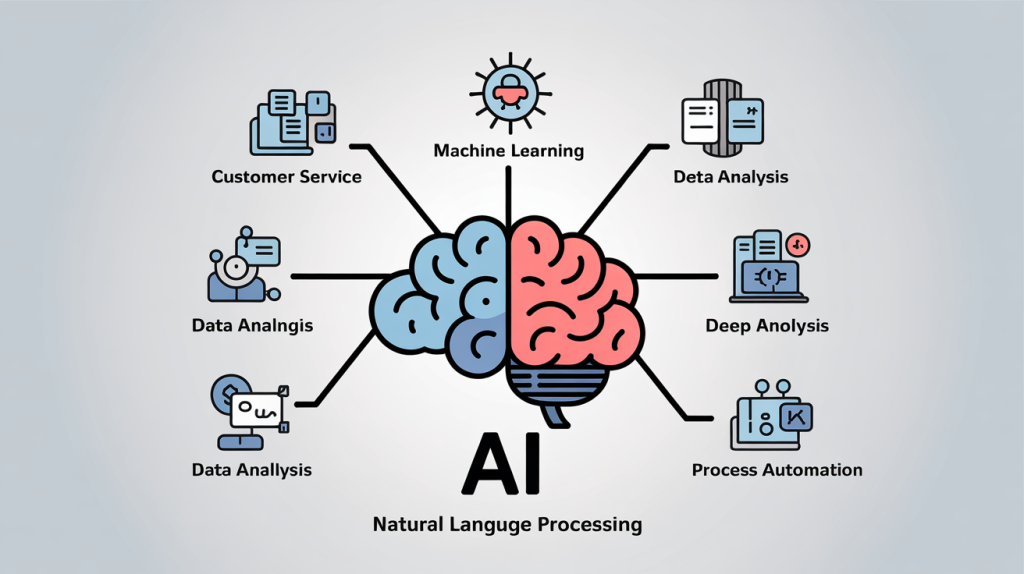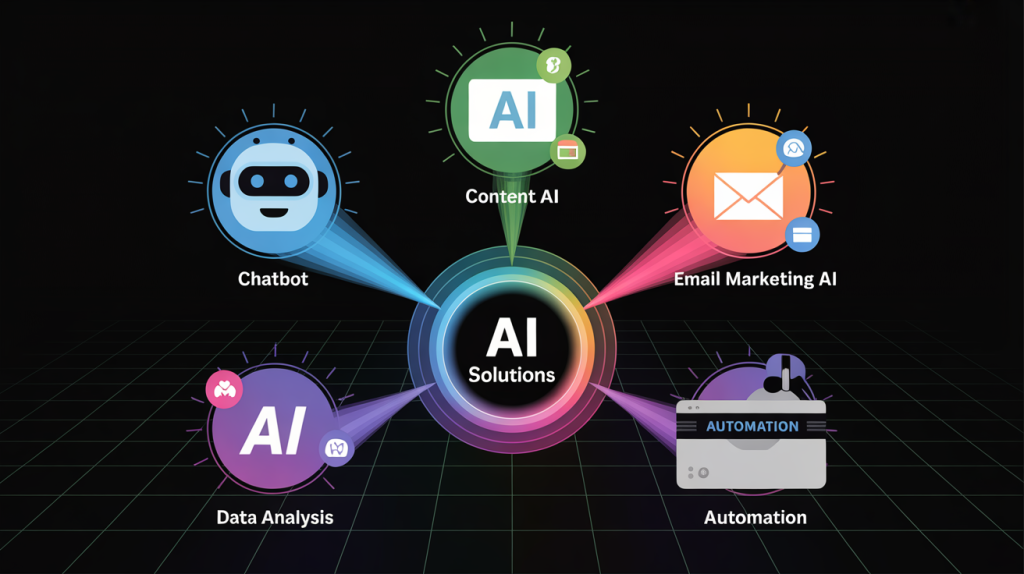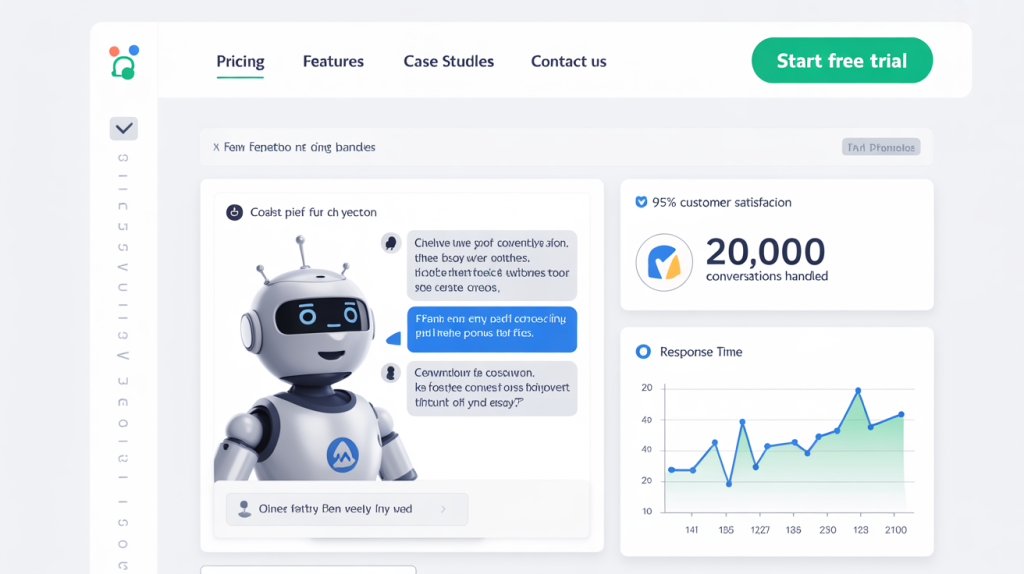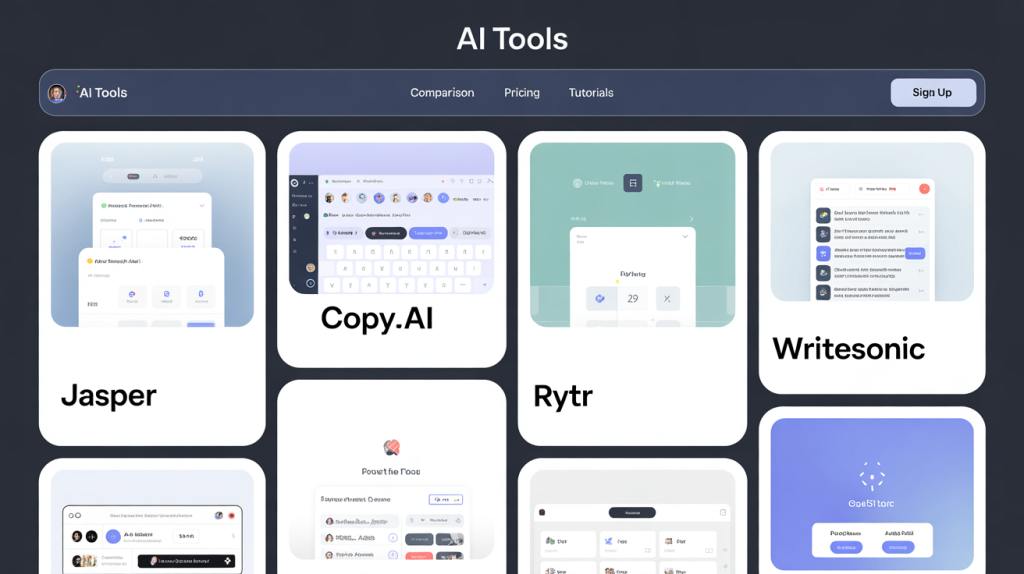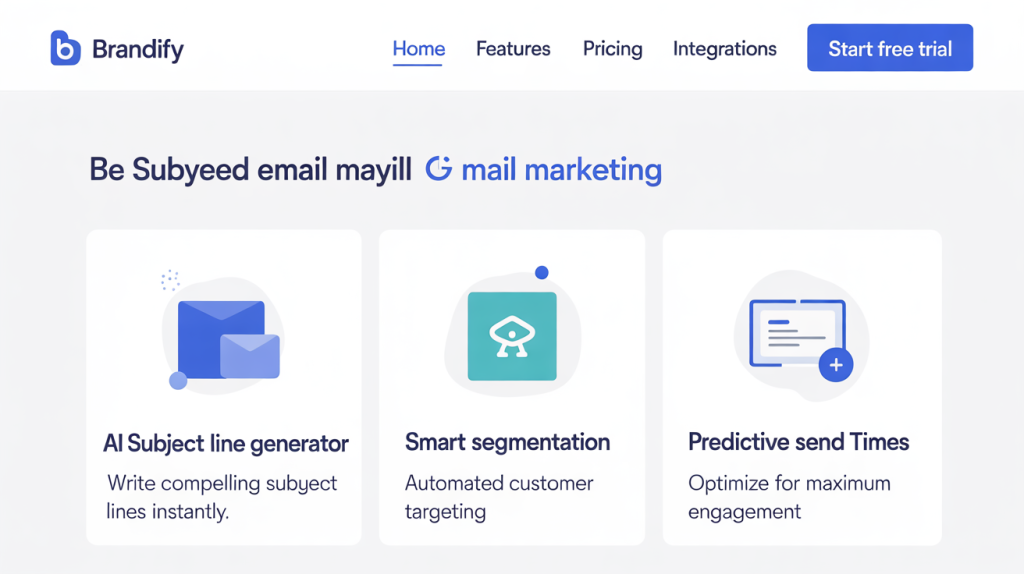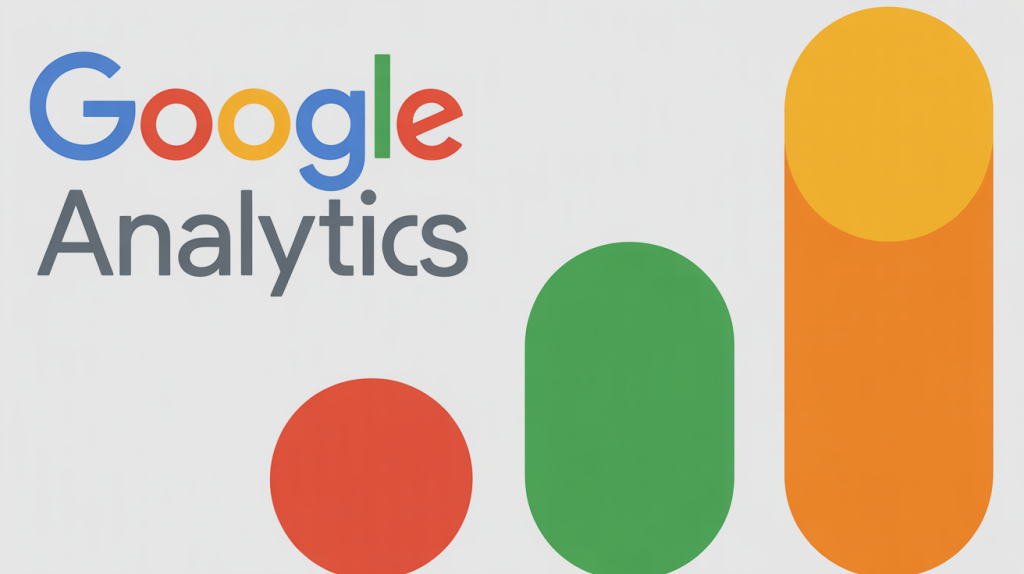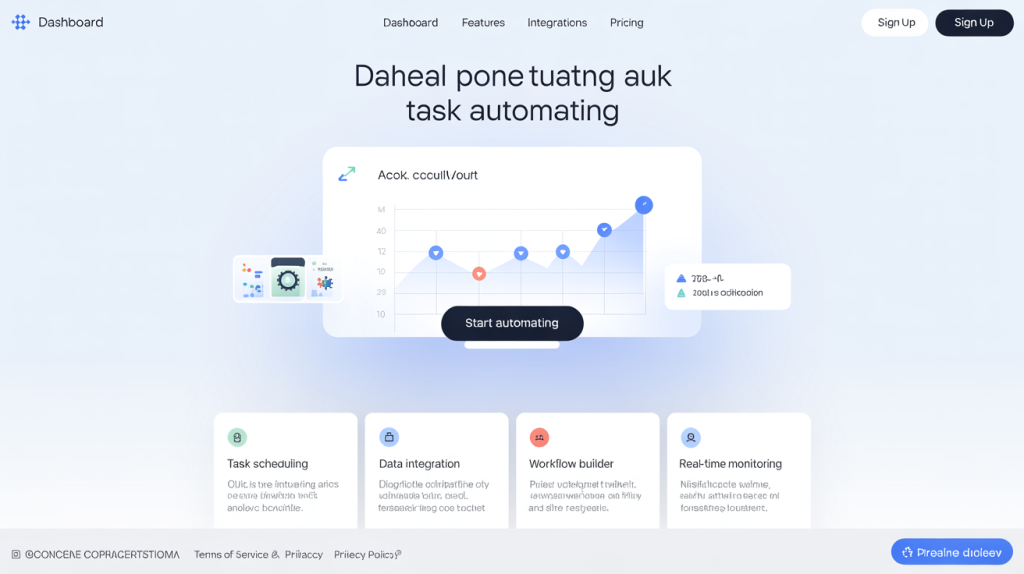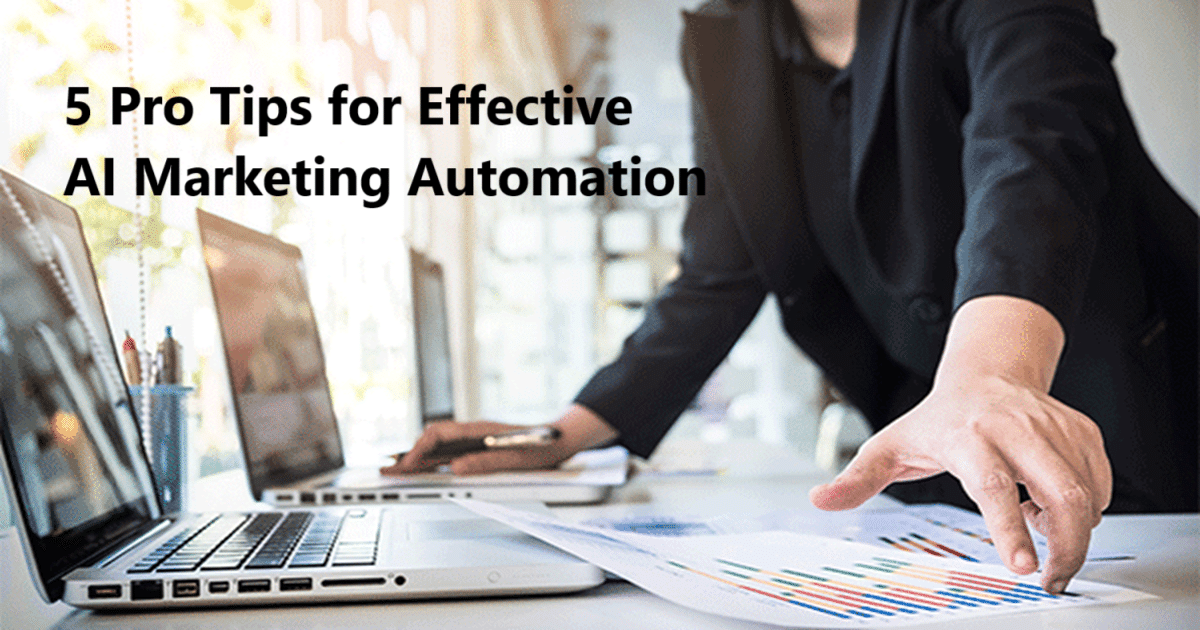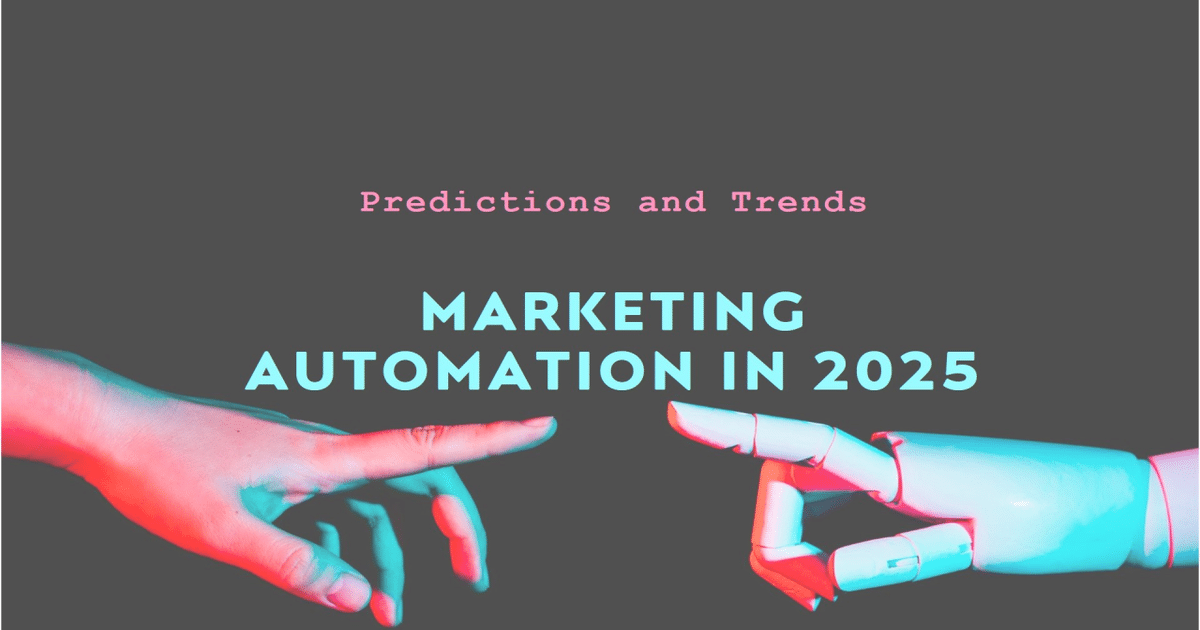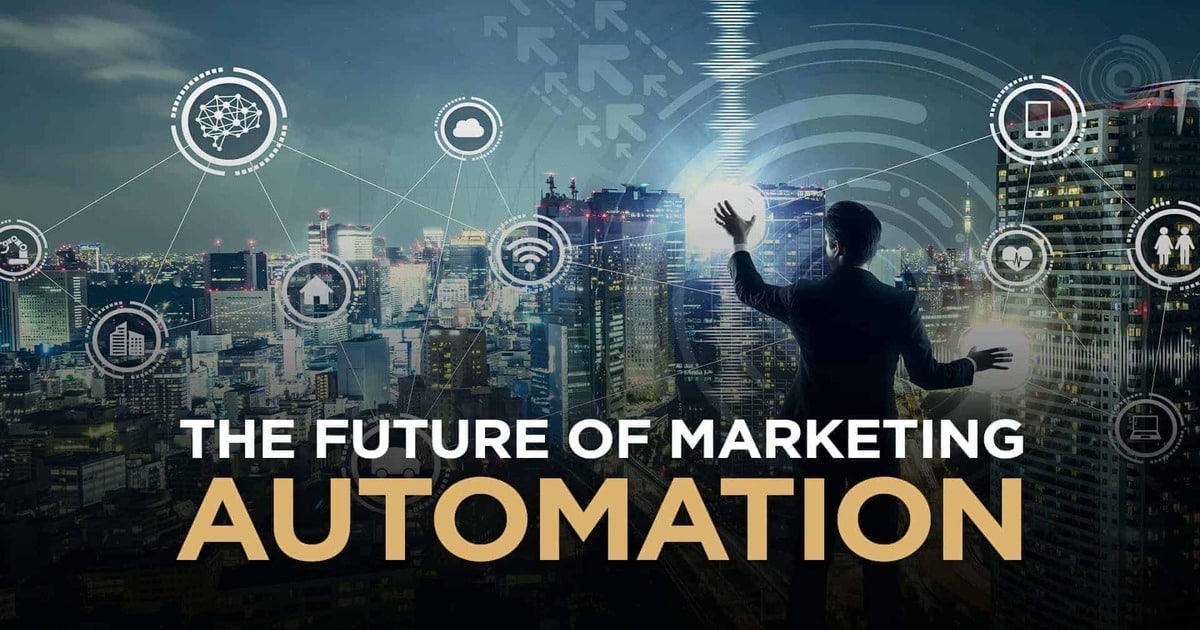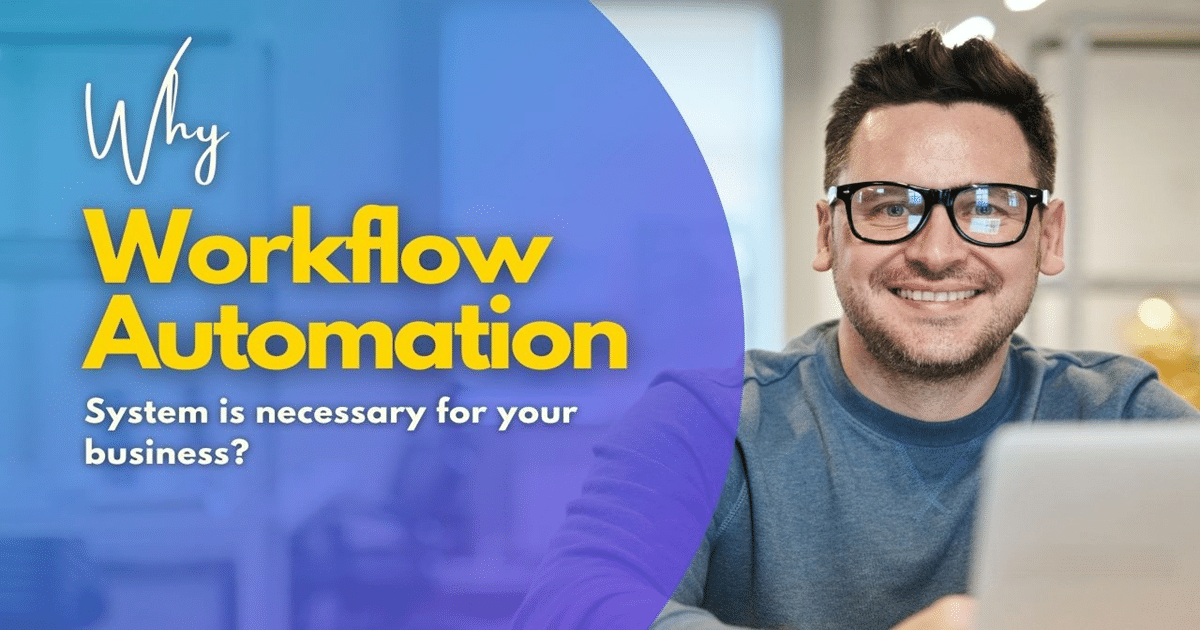Discover 5 powerful AI tools that help SMEs increase revenue, optimize processes, and save costs. Detailed guides, real-world examples, and successful case studies!
AI Tools for SMEs: Golden Opportunity for Revenue Breakthrough
Are you an SME owner seeking a “fresh wind” to boost revenue, compete effectively, and optimize costs? Have you heard about AI (Artificial Intelligence) but don’t know where to start? Don’t worry! This article will be your detailed handbook, providing you with 5 top tips on using AI tools effectively to help SMEs break through in 2025.
In today’s highly competitive business world, SMEs regularly face major challenges: high marketing costs, lack of human resources, and difficulties in reaching and retaining customers. Fortunately, AI tools are sparking a revolution—offering smart solutions that help SMEs solve these problems efficiently.
Imagine being able to automate tasks, understand your customers better than ever, and easily create precisely targeted marketing campaigns. That’s the power of AI in your hands!
Let’s explore the 5 “must-have” AI tools for every SME, complete with detailed guides, real-life examples, and successful case studies.
Illustration: The synergy of AI and SMEs creates exceptional growth.
AI & SME: Why Are These Two Made for Each Other?
AI – Artificial Intelligence – Definition and Common Types
AI, or artificial intelligence, refers to a computer’s ability to perform tasks that typically require human intelligence. Simply put, AI enables machines to “think” and “learn” like humans—and even outperform us in some fields.
There are many types of AI, but the most common are:
- Machine Learning (ML): Computers “learn” from data without explicit programming, automatically improving performance over time. E.g.: Data analysis, trend prediction.
- Deep Learning: A more complex type of ML, using multi-layered artificial neural networks, enabling computers to learn and recognize complex patterns. E.g.: Image recognition, natural language processing.
- Natural Language Processing (NLP): Enables computers to understand, interpret, and generate human language. E.g.: Chatbots, translation.
“AI is not just a trend, but a revolutionary shift, reshaping the way we work, do business, and even live.” – According to McKinsey research
Diagram illustrating common types of AI and their applications in business.
SMEs – The “Heart” of the Economy and Current Challenges
Small and medium-sized enterprises (SMEs) are the backbone of the economy, making important contributions to GDP, job creation, and innovation. However, SMEs face many challenges, especially in today’s fiercely competitive environment:
- Intense competition: The market is becoming more competitive, requiring constant innovation and the search for advantages.
- Rising costs: Costs of materials, labor, and marketing are increasing, putting pressure on profits.
- Lack of resources: SMEs often struggle to recruit, train, and retain talent.
- Ineffective marketing: Difficulty in reaching potential customers and creating effective marketing campaigns.
AI Tools: Comprehensive Solutions for SMEs
AI tools are the “key” to unlocking success for SMEs. By automating processes, analyzing data, and personalizing customer experiences, AI helps SMEs overcome these challenges effectively:
- Better: Improves quality, increases productivity.
- Faster: Automates tasks, saves time.
- More accurate: Analyzes data, enables evidence-based decisions.
For example, instead of spending hours manually analyzing customer data, AI can process thousands of data points in seconds, providing valuable insights. Instead of hiring a large marketing team, you can use AI to create effective campaigns targeting the right audience. Let’s discover 5 powerful AI tools to boost your revenue now!
Harness the power of AI to take your business to the next level! See more about the great benefits of AI for SMEs.
FREE Consultation on applying AI to your business!
5 “Must-Have” AI Tools to Help SMEs Achieve Breakthrough Growth
Choosing the right AI tools is crucial. Below are 5 highly rated AI tools for effectiveness, ease of use, and, importantly, affordability—suitable for SME budgets.
AI Tool #1: Smart Chatbots – 24/7 Customer Support and Increased Conversion Rates
Want to always be ready to serve customers, even while you sleep? AI chatbots are the answer. They are software programs designed to interact with users via conversation, using AI to understand and respond to requests. Chatbots can answer questions, provide information, support purchases, etc.
Benefits:
- 24/7 customer support: Never miss an opportunity, customers get instant support anytime.
- Increased conversion rates: Suggests suitable products, responds quickly, and drives purchase decisions.
- Customer information collection: Builds a potential customer database, better understands customer needs.
“Chatbots are not just a support tool, but an indispensable part of modern customer care strategies.”
How to use:
- Choose the right chatbot platform: E.g., ManyChat or Chatfuel for Facebook Messenger, Zalo OA, etc.
- Set up and customize: Create name, logo, auto-replies, conversation scripts, etc.
- Integrate: Add the chatbot to your website, Facebook, Zalo, or other communication channels.
Example:
ABC Company, an SME in fashion, used a chatbot on Facebook Messenger. As a result, the chatbot reduced customer support workload by 30%, increased conversion rates by 15%, and boosted revenue by 10%.
Not sure which chatbot to choose? Here are some popular, easy-to-use AI chatbot platforms, especially suitable for SME requirements:
- ManyChat: Top platform for Facebook Messenger/Instagram, very user-friendly, many features, free version available. Great for social network engagement.
- Chatfuel: Similar to ManyChat, also focuses on Messenger, easy to set up automated chatbots.
- Zalo OA: If you’re targeting the Vietnam market, Zalo OA is a must. Allows you to create/manage chatbots on Zalo, reaching millions of Vietnamese users.
- Dialogflow (Google): More robust, integrates with many channels (web, mobile apps…) and offers excellent natural language processing. Setup may be more complex than ManyChat or Chatfuel.
- Tidio: Dedicated chatbot platform for websites, easily integrates to provide direct customer support.
Choose a platform that fits your needs, budget, and the communication channels your business uses.
AI Tool #2: AI Content Creation Tools – Write Content, Create Images, Make Videos “In a Flash”
Struggling to create high-quality, engaging content to attract potential customers? Don’t worry, AI tools can easily solve this. AI content creation tools help you write blog posts, product descriptions, ads, create images, make videos, and more.
Benefits:
- Saves time and costs: Create content quickly, without needing a huge content team.
- Content diversification: Produce various content formats suitable for different marketing channels.
- Boosts effectiveness: Analyzes data, suggests optimized content, attracts viewers, increases conversions.
“Content is king,” but AI is “your companion” to become a true content king!
How to use:
- Choose the right tool:
- AI writing tools: Jasper.ai, Copy.ai, Rytr, etc.
- AI image generators: Midjourney, DALL-E 2, Stable Diffusion, etc.
- AI video makers: Lumen5, Synthesia, etc.
Basic steps:
- Create an account and log in.
- Choose a content template or topic.
- Enter detailed information (e.g., product description, target audience, keywords, etc.)
- Edit the content as desired.
- Download or post directly to your marketing channels.
Example:
A fashion SME could use AI to:
- Create detailed, appealing product descriptions for their website.
- Generate ad content for Facebook, Google, etc.
- Produce eye-catching, professional product images.
- Make product introduction videos.
AI Tool #3: Smart Email Marketing Software – Personalize and Boost Engagement
Email marketing remains an effective channel, but to succeed, you must personalize and optimize your campaigns. With AI tools, you can do this more easily than ever.
Benefits:
- Personalized emails: Send the right message to the right person, at the right time, based on behavior, preferences, and customer information.
- Higher open and click rates: Catchy subject lines and relevant content attract customers to open and engage.
- Campaign analysis and optimization: AI-powered email marketing tools help you track performance, analyze data, and make adjustments to improve results.
“Personalization is the ‘soul’ of email marketing. AI helps you write the story of success.”
How to use:
- Choose the right software:
- GetResponse: Offers many AI features, easy to use, suitable for various users.
- Mailchimp: Popular platform, many AI features (e.g., predicts the best time to send emails).
- Brevo (Sendinblue): Integrated CRM and email marketing, great for SMEs wanting to manage customers comprehensively.
- … (many other options).
- Create campaigns and content:
- Build clean email lists, segment customers.
- Design attractive, professional emails.
- Write compelling content focusing on customer benefits.
- Use personalization (customer name, personal info, etc.)
- Analyze and adjust:
- Track open, click, conversion rates, etc.
- Use analytics to identify strengths and weaknesses.
- Adjust content, timing, frequency, etc., to improve results.
Example:
A travel SME could use AI to:
- Automatically send birthday emails with special offers.
- Send emails introducing tours suited to customer preferences and purchase history.
- Remind customers about products/services they viewed but haven’t purchased.
AI Tool #4: Data Analytics Tools – Make Data-Driven Decisions & Insights
In the digital era, data is “gold.” Effective data analysis helps SMEs better understand customers, markets, and make wise business decisions. AI-powered analytics tools are your powerful assistants.
Benefits:
- Analyze customer behavior: Better understand how customers interact with your products/services.
- Market trend analysis: Capture latest trends, predict market changes.
- Trend prediction: Proactively make the right business decisions.
- Optimize strategy: Make decisions based on data, not gut feeling.
“Data is the key to success, and AI is the ‘torch’ lighting your way!”
How to use:
- Choose the right analytics tool:
- Google Analytics: Free, powerful website analytics.
- Tableau: User-friendly data visualization tool.
- Power BI (Microsoft): Similar to Tableau, integrates well with Microsoft products.
- HubSpot: Integrated CRM with analytics, good for SMEs using HubSpot.
- Connect databases: Link data from websites, social media, email marketing, etc.
- Analyze and report:
- Identify key metrics (conversion rates, revenue, costs, etc.).
- Analyze data, find valuable insights.
- Visualize data with charts, graphs, etc.
Example:
An online retail SME could use AI to:
- Analyze customer behavior on the website—see which products are most viewed/purchased.
- Make pricing, promotion, and advertising decisions based on data analysis.
- Predict seasonal shopping trends, prepare inventory and marketing accordingly.
AI Tool #5: Automation Tools
Time is money—and automation tools help SMEs save both, letting you focus on more important work. They are an essential part of every SME’s “must-have” AI toolkit.
Benefits:
- Save time and costs: Automate repetitive tasks, work more efficiently.
- Minimize errors: Automation reduces human mistakes.
- Boost productivity: Focus resources on strategic, creative work.
“Automation: Turn the impossible into possible, make the possible exceptionally effective.”
How to use:
- Choose the right tool:
- Zapier: Connects thousands of apps, automates a variety of tasks.
- IFTTT (If This Then That): Similar to Zapier, but simpler.
- Project management software (e.g., Asana, Trello): Integrated automation features.
- … (depending on your needs).
- Setup and configuration:
- Identify tasks to automate (e.g., auto-send emails, post on social media, etc.).
- Connect your apps to the automation tool.
- Set up “rules” (e.g., “If a new email arrives, send a notification”).
Example:
A consulting SME could use AI to:
- Automatically send welcome emails with guides to new customers.
- Automate appointment scheduling, sync with personal calendars.
- Automate monthly report creation for clients.
IV. Deploying AI Tools for SMEs: Practical Steps
Knowing the “golden” benefits of AI tools and want to start applying them to your business? Here’s how to “conquer” AI most effectively, step by step.
1. Step 1: Identify Your Goals and Current Status
Before jumping into the world of AI tools, take time to understand what your business needs. Specific goals help you choose the right tools and measure effectiveness easier.
- Identify problems: What issues is your business facing?
- Declining sales
- Customer churn
- High marketing costs
- …
- Set goals: What do you want to achieve with AI?
- Increase revenue by X% in Y months
- Reduce marketing costs by Z%
- Improve customer satisfaction
- …
- Analyze your situation: Assess strengths and weaknesses.
“Before adopting AI, see what your business needs, rather than trying to ‘cram in’ any tool that looks ‘cool.'”
2. Step 2: Research and Choose the Right AI Tools for SMEs
The AI tools market is “as vast as the universe,” but not every tool is right for SMEs. Consider the following factors:
- Goals: Will the tool help you achieve the goals set in step 1?
- Features: Does it have the features you need? (e.g., does the chatbot integrate with Messenger and Zalo OA?)
- Ease of use: Is the interface user-friendly? (especially important if you lack AI expertise)
- Cost: Is it within your budget? (many platforms offer free or low-cost options for SMEs)
- Integration: Does it integrate with your existing tools/platforms?
- Reviews: Check reputable review sites, read user reviews.
“Don’t be afraid to experiment with different tools—you’ll find the best fit over time.”
3. Step 3: Deploy and Integrate AI Tools
Once you’ve chosen the right tool, it’s time to get started. Basic steps:
- Create an account and log in: Initial setup and configuration.
- Connect data: Link AI tools to data from your website, social media, email marketing, etc.
- Setup and customization: Set rules, scenarios, etc.
- Integration: Integrate chatbots into your website, create accounts, etc.
- Train staff (if needed): Guide staff on using the tools.
- Data security: Ensure customer information is safe.
Tip: Always read user manuals and make use of provider support resources.
4. Step 4: Monitor, Evaluate, and Adjust Your AI Strategy
Implementing AI tools is not a “one-time job,” but a continuous process. Monitor, evaluate effectiveness, and adjust your strategy to ensure AI tools deliver the best value to your business.
- Identify key metrics (KPIs):
- Conversion rate
- Revenue
- Cost
- Number of customers
- …
- Collect data: Monitor AI tool performance.
- Analyze data: Find strengths and weaknesses.
- Adjust strategy (if needed): Change settings, content, or even switch to stronger tools if necessary.
- Continue improving and optimizing: Always learn and enhance AI tool effectiveness.
“AI tools are powerful assistants, but ultimate success depends on how you use and adjust them.”
V. E-A-T and Trustworthiness: Building Credibility with AI Tools
In the era of “information overload,” building credibility is key for SMEs to win customer trust and loyalty.
Applying AI tools must also follow E-A-T principles:
- Expertise: Demonstrate deep knowledge of AI tools and their SME applications. Provide detailed analysis, reviews of tools and platforms.
- Authority: Cite reputable sources—research, reports, expert reviews. Build internal links to related articles for added value.
- Trustworthiness: Provide accurate, up-to-date, and transparent information. Ensure customer data security when using AI tools. Build trustworthy relationships with customers.
“Building credibility not only increases revenue but also lays a solid foundation for sustainable SME growth.”
VI. Conclusion & Call to Action
We hope this article has given you a comprehensive overview of useful AI tools for SMEs and how to deploy them effectively.
Summary:
- AI tools are the “key” to optimizing SME business operations.
- Choose AI tools that fit your needs and budget.
- Deploy, monitor, evaluate, and continuously adjust.
- Build credibility and trust with customers.
“Don’t hesitate! Start your AI journey for your SME—even a small step will bring positive change.”
Act now:
- Identify your business goals and needs.
- Research and select suitable AI tools.
- Start deploying and experimenting.
- Monitor, evaluate, and adjust.
- Contact us for a FREE consultation on AI strategies for SMEs!
See more related articles:
- Comprehensive Marketing Strategies for SMEs (2025)
- AI Trends in Business: What SMEs Need to Know
- Discover the Amazing Benefits of AI for SMEs
VII. FAQ – Frequently Asked Questions About AI Tools for SMEs
Below are some frequently asked questions about AI tools for SMEs to help you better understand the topic.
1. Are AI tools really necessary for SMEs?
=> Absolutely! AI tools help SMEs grow revenue, save costs, and enhance operational efficiency in today’s fiercely competitive environment.
2. How much does it cost to use AI tools?
=> It varies! There are many free or low-cost AI tools suitable for SMEs. Costs depend on features, scale, and your business’s needs.
3. Can I use AI tools if I have no AI expertise?
=> Definitely! Many AI tools have user-friendly interfaces and require no deep AI knowledge. You can learn and get familiar gradually.
4. Are AI tools safe for my data?
=> When choosing AI tools, prioritize reputable platforms with clear security policies and compliance with data privacy regulations.
5. How do I evaluate the effectiveness of AI tools?
=> By tracking key metrics (KPIs) such as conversion rate, revenue, costs, etc., and comparing data before and after using AI tools.
6. Which AI tools should SMEs start with?
=> Start with simple, easy-to-use tools that address core issues. For example, chatbots for customer care, or content tools to boost online presence.
We hope the above information helps you succeed in applying AI to your SME!
To stay updated on the latest AI developments and tool reviews, follow us on our social media channels:
- Blog: https://aitoolsbiz.com/my-blog
- YouTube: https://youtube.com/@AItoolsbiz
- Twitter: https://x.com/AItoolsbiz
- LinkedIn: https://www.linkedin.com/in/aitoolsbiz



